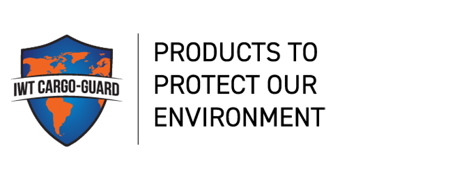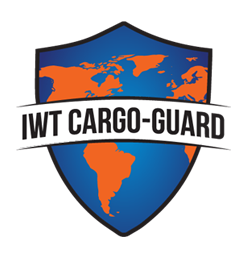REMEDIATION PROJECT IN
SENECA FALLS, NY
PRODUCTS USED TO PROTECT OUR ENVIRONMENT
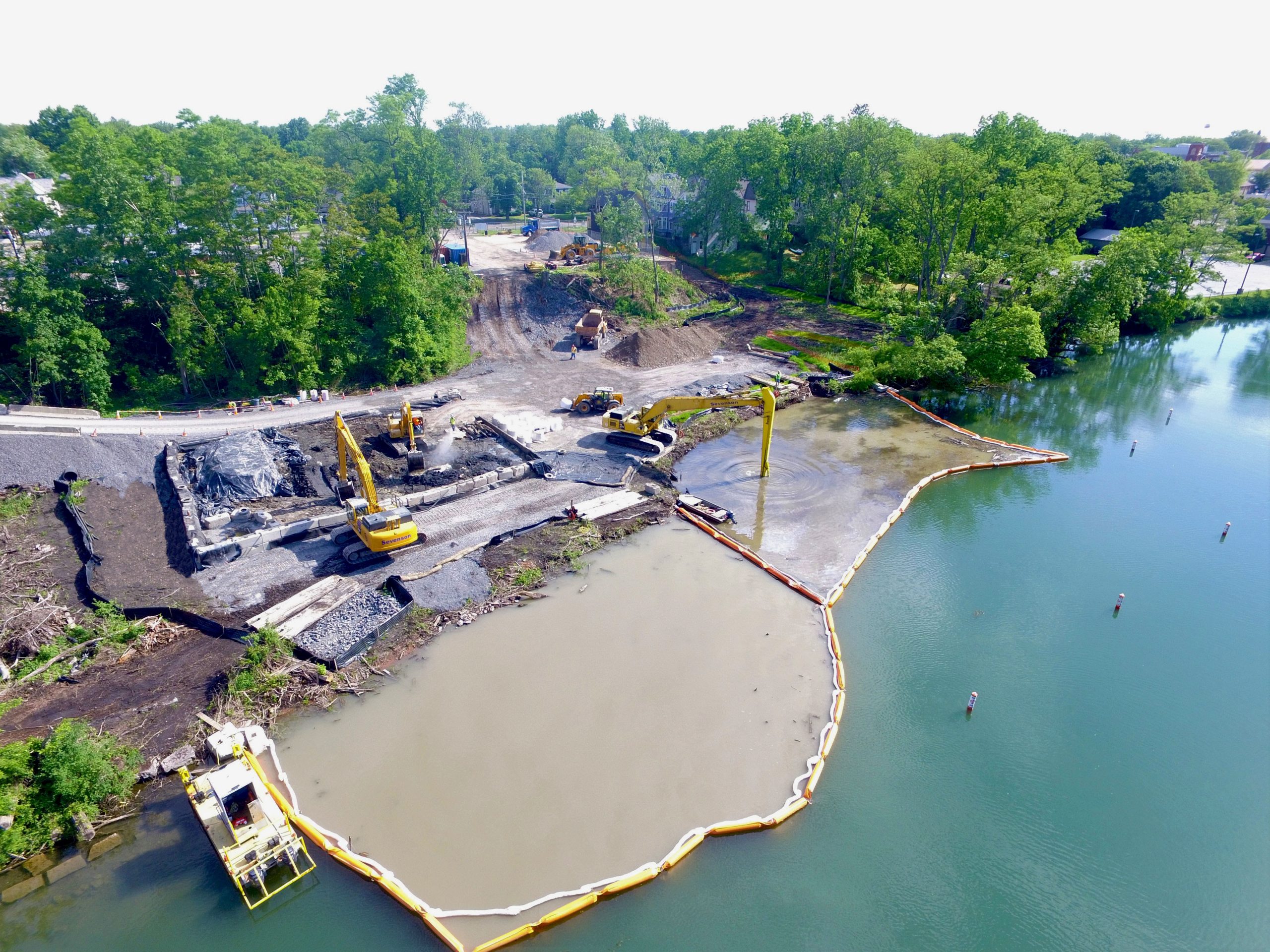
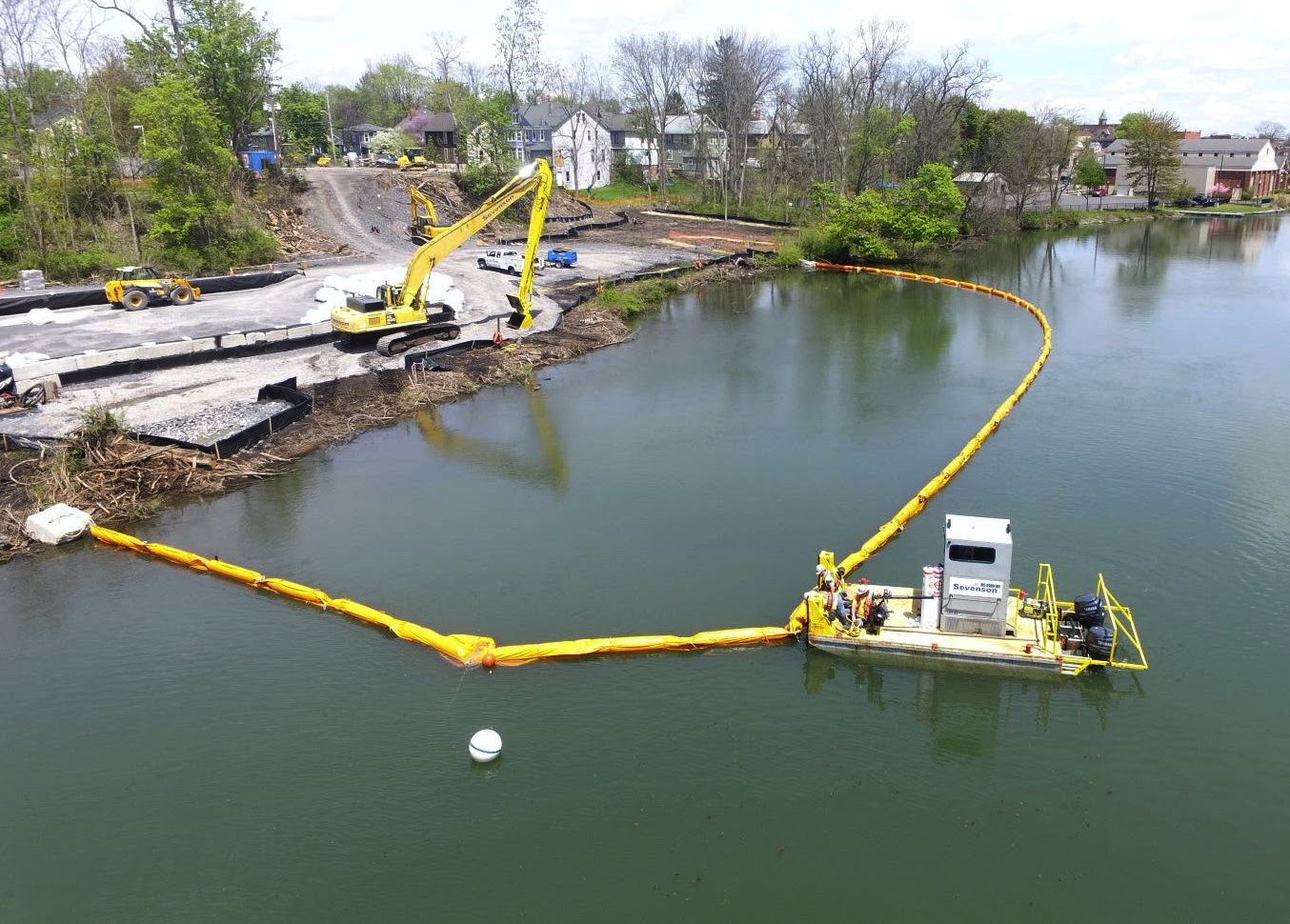
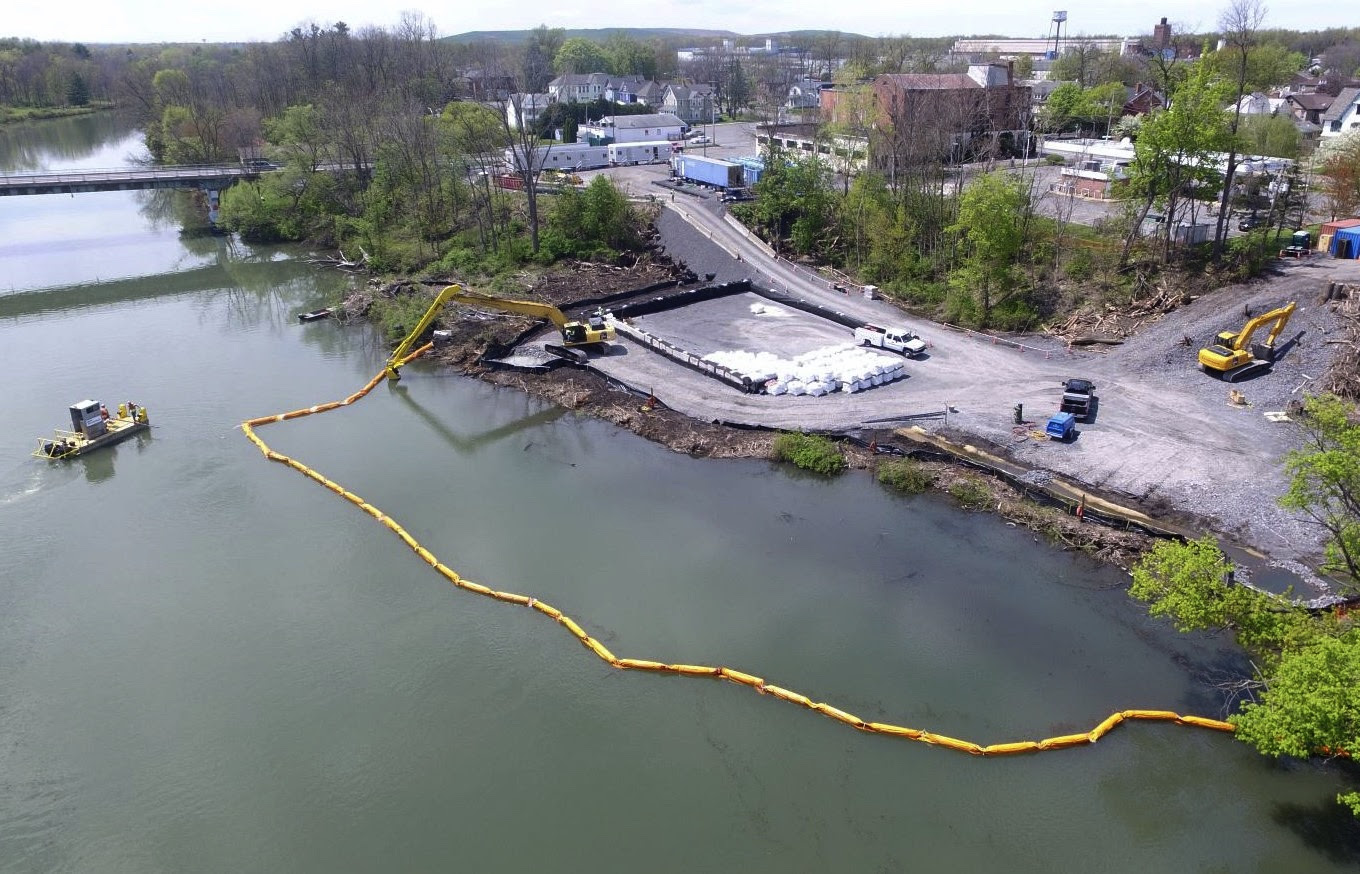
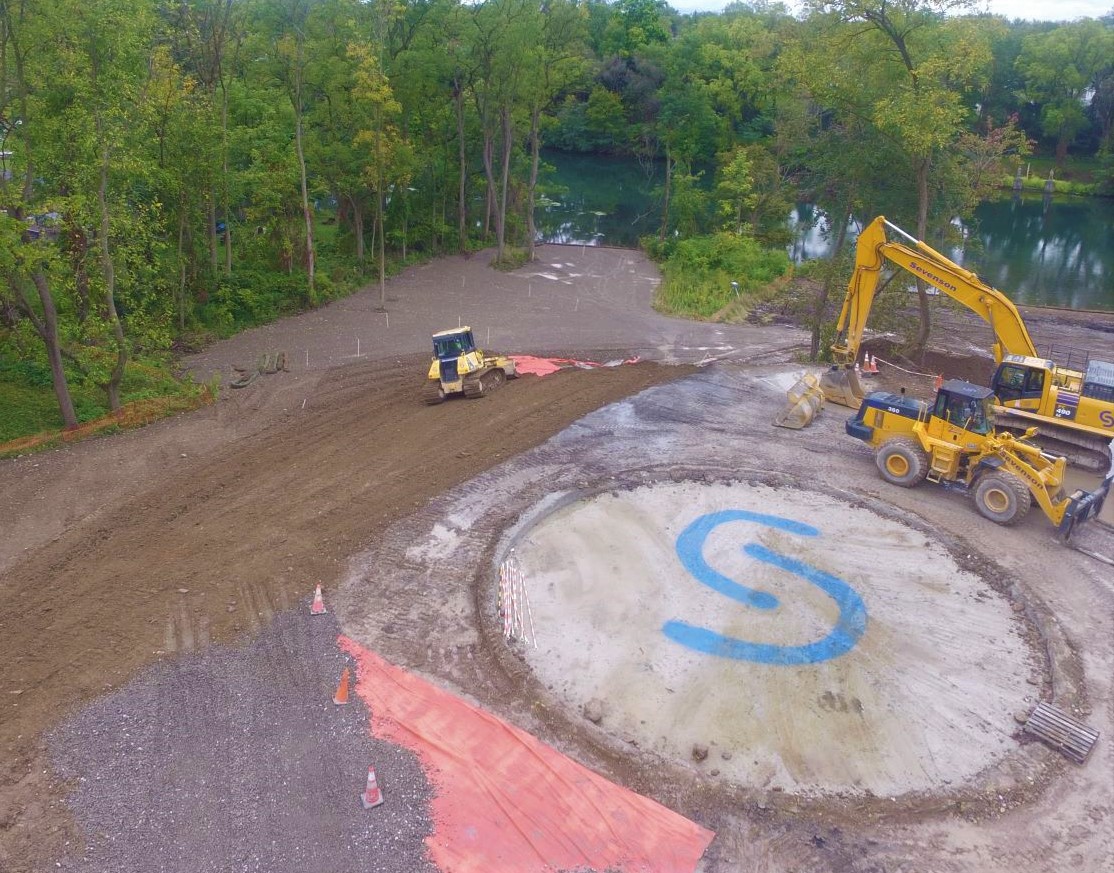



The Problem
Remediation at the former site of a utilities company in Seneca Falls, New York began in the spring of 2019. The scope of work included the dredging of contaminated sediments from within the Seneca Canal, adjacent to the site. Within the upland area, the contractor was responsible for excavating, off-site disposal and the in-situ solidification of deeper MGP impacted soils. Sevenson Environmental Services, Inc., a national leader in remedial construction and environmental dredging, was chosen to complete the work.
The Solution
Turbidity Barrier System
In order to be effective, the turbidity barrier needed to maintain contact with the bottom of the channel at all times. The solution was to use a site-specific design Siltdam Impermeable, heavy-duty adjustable depth turbidity curtain.
Skirt reefing lines were installed for in-field depth adjustment and skirt retrieval. The design also included tapering the sections of the turbidity curtain that were attached to the shoreline. Custom light pockets were installed along floatation to help delineate the deployment of the turbidity curtain. Lighted warning buoys, along with the necessary hardware and anchors, were installed in the navigable channel.
The turbidity curtain sections were connected together on land to form a continuous length. A long front excavator was utilized to place the assembled curtain into the canal. Based on GPS Survey location, the two corners that were in the canal were established and anchors were placed on those corners first.
Then the curtain was attached to the shore by connecting a cable to a bin block anchor, which ensured that the entire curtain system was anchored in place prior to deploying the curtain. Once that was established, a crew on a push boat cut the ties and released the curtain around the dredge area.
IWT Cargo Guard also was able to supply Sevenson with an oil-absorbent boom that was installed around the perimeter of the turbidity curtain in order to collect oil sheens from the surface of the water within the dredge area.
“Sevenson Environmental Services, Inc. requested IWT Cargo-Guard and Spilldam Environmental to design a turbidity curtain system to help complete the dredging of the Seneca Canal, located in Seneca Falls, NY. The turbidity curtain system was installed within a navigable waterway with high flows and featured varying curtain lengths based on the existing grade of the canal bottom. The system proved to be durable enough to withstand the canal flows as well as encapsulate the turbid waters and oil sheens generated from dredging operations. Due to this unique curtain structure, Sevenson was able to successfully complete the dredging of MGP impacted sediments from the canal without disrupting the use of the canal by boaters and pedestrians during the peak summer season in Central New York.”
– Anthony Laurendi, Sevenson’s Project Manager
Material Staging Pads
The contractor was required to build an area where the dredged sediment was staged and allowed to dry before being loaded out and transported off-site for disposal. Sevenson’s material staging pad featured a 40 mil HDPE scrim-reinforced liner between two layers of 16 oz nonwoven geotextile which provided a cushion layer to protect the liner from punctures. 6” of stone was placed on top of the liner and fabric.
Dredged material was placed on this pad to provide ample dewatering time prior to off-site disposal. The liner and geotextile serve as a barrier between the uncontaminated surface in which the pad sits and the contaminated material that is placed on the pad. Following removal of the material staging pad at the end of the project, samples revealed that the ground underneath the pad, protected by the 40 mil geomembrane liner and geotextile, remained uncontaminated.
Demarcation layer
A portion of the deeper impacted soils that remained onsite were treated in place utilizing In-Situ Solidification (ISS). ISS is a process that binds soil particles and cement together, in this case, to prevent contaminants from migrating. Following ISS, a high-visibility orange demarcation layer was required to be placed over the entire area prior to backfill.
IWT Cargo-Guard supplied an ORDND 4 oz non-woven demarcation geotextile with a printed warning to caution against future excavations of the material below. The area was then backfilled with a new clean soil cover and hydroseeded.
Restoration Work
After excavation and ISS, a site cover, consisting of clean imported backfill and US-2NN, a double-sided natural net straw erosion control blanket was installed across the site and adjacent properties. Clean fill was also placed in the channel to restore back to previous channel elevations. Along the shoreline, Koirmat 700 and straw wattles provided the erosion control necessary to help in the establishment of the native species of aquatic and riparian plants.

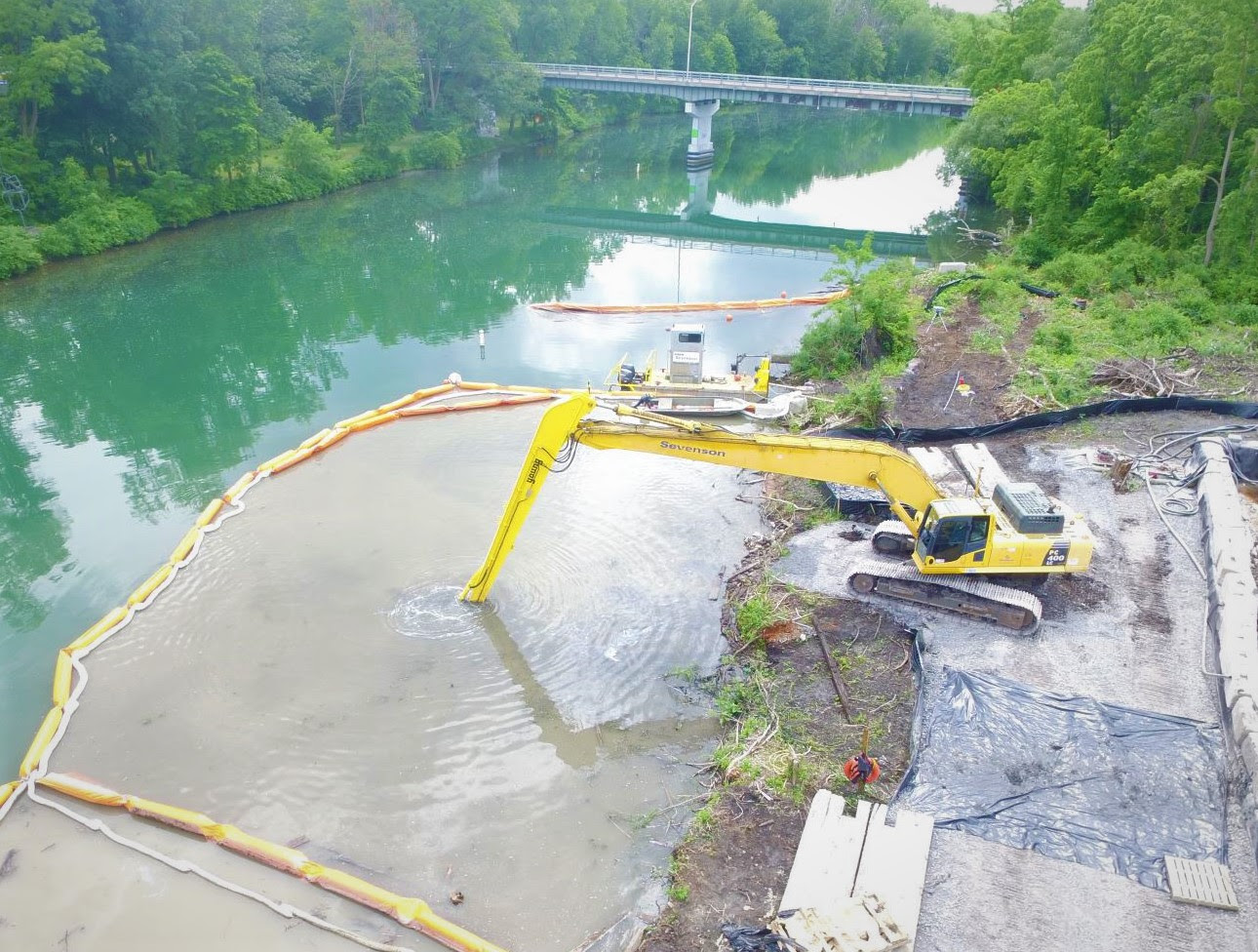




The Problem
Remediation at the former site of a utilities company in Seneca Falls, New York began in the spring of 2019. The scope of work included the dredging of contaminated sediments from within the Seneca Canal, adjacent to the site.
Within the upland area, the contractor was responsible for excavating, off-site disposal and the in-situ solidification of deeper MGP impacted soils. Sevenson Environmental Services, Inc., a national leader in remedial construction and environmental dredging, was chosen to complete the work.
The Solution
Turbidity Barrier System
In order to be effective, the turbidity barrier needed to maintain contact with the bottom of the channel at all times. The solution was to use a site-specific design Siltdam Impermeable, heavy-duty adjustable depth turbidity curtain.
Skirt reefing lines were installed for in-field depth adjustment and skirt retrieval. The design also included tapering the sections of the turbidity curtain that were attached to the shoreline. Custom light pockets were installed along floatation to help delineate the deployment of the turbidity curtain. Lighted warning buoys, along with the necessary hardware and anchors, were installed in the navigable channel.
The turbidity curtain sections were connected together on land to form a continuous length. A long front excavator was utilized to place the assembled curtain into the canal. Based on GPS Survey location, the two corners that were in the canal were established and anchors were placed on those corners first.
Then the curtain was attached to the shore by connecting a cable to a bin block anchor, which ensured that the entire curtain system was anchored in place prior to deploying the curtain. Once that was established, a crew on a push boat cut the ties and released the curtain around the dredge area.
IWT Cargo Guard also was able to supply Sevenson with an oil-absorbent boom that was installed around the perimeter of the turbidity curtain in order to collect oil sheens from the surface of the water within the dredge area.
Material Staging Pads
The contractor was required to build an area where the dredged sediment was staged and allowed to dry before being loaded out and transported off-site for disposal. Sevenson’s material staging pad featured a 40 mil HDPE scrim-reinforced liner between two layers of 16 oz nonwoven geotextile which provided a cushion layer to protect the liner from punctures. 6” of stone was placed on top of the liner and fabric.
Dredged material was placed on this pad to provide ample dewatering time prior to off-site disposal. The liner and geotextile serve as a barrier between the uncontaminated surface in which the pad sits and the contaminated material that is placed on the pad. Following removal of the material staging pad at the end of the project, samples revealed that the ground underneath the pad, protected by the 40 mil geomembrane liner and geotextile, remained uncontaminated.
Demarcation layer
A portion of the deeper impacted soils that remained onsite were treated in place utilizing In-Situ Solidification (ISS). ISS is a process that binds soil particles and cement together, in this case, to prevent contaminants from migrating. Following ISS, a high-visibility orange demarcation layer was required to be placed over the entire area prior to backfill.
IWT Cargo-Guard supplied an ORDND 4 oz non-woven demarcation geotextile with a printed warning to caution against future excavations of the material below. The area was then backfilled with a new clean soil cover and hydroseeded.
Restoration Work
After excavation and ISS, a site cover, consisting of clean imported backfill and US-2NN, a double-sided natural net straw erosion control blanket was installed across the site and adjacent properties. Clean fill was also placed in the channel to restore back to previous channel elevations. Along the shoreline, Koirmat 700 and straw wattles provided the erosion control necessary to help in the establishment of the native species of aquatic and riparian plants.
